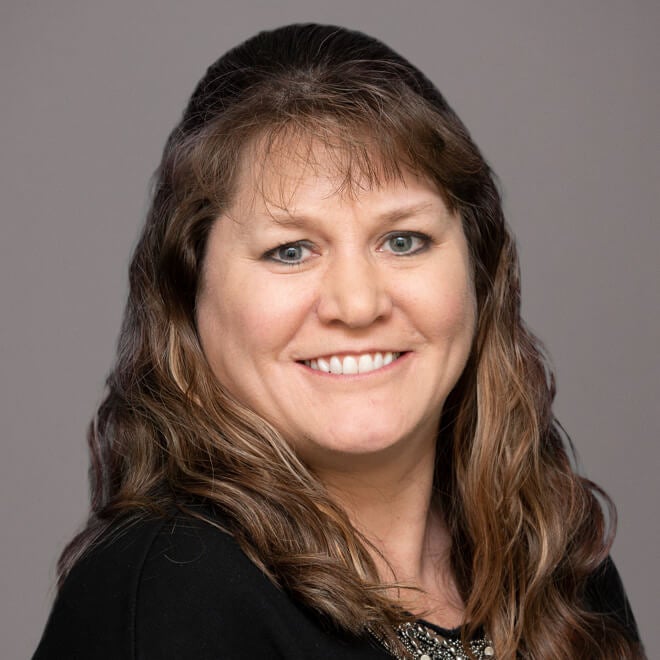If your company manufactures or sells to the European or U.S. markets, then you need to know the ins and outs of their two major gatekeepers: the Toxic Substances Control Act of 1976 (TSCA) and the Registration, Evaluation, Authorisation, and Restriction of Chemicals (REACH) Regulation.
Both TSCA, which was recast in 2016 as the Lautenberg Chemical Safety Act and is now commonly known as “New TSCA,” and the REACH Regulation scrutinize the substances in any products manufactured in or imported into the U.S. or European Union (EU), respectively. This includes a requirement for documentation about the substances in treated articles and complete product part manifests.
So, what do you need to know about REACH versus TSCA? What risks do they pose to your access to global markets? And are the TSCA substance lists and REACH lists the same? Here’s a side-by-side comparison of how the regulations stack up and what steps you can take to comply with both.
Similarities Between TSCA & REACH
Both TSCA and REACH are designed to protect consumer health and safety by communicating and restricting the use of substances known to harm human health or damage the environment. However, compliance with one does not automatically mean you’re compliant with the other, making it important to pay attention to the key differences between them.
For a deeper dive into TSCA or REACH, check out Assent’s Content Hub.
Am I in Scope of TSCA or REACH?
New TSCA: Businesses manufacturing, distributing, or importing goods in the U.S are in scope. Additionally, those that sell materials to companies that operate in the U.S. are affected by TSCA, despite not being under the direct jurisdiction of the Environmental Protection Agency (EPA).
REACH: All businesses within the EU, those that import into the EU, and any business supplying materials to others in the EU market are in scope.
Your company can fall under the scope of both TSCA and REACH based on the final destination of your product.
Who Enforces REACH Versus TSCA?
The U.S. EPA enforces and updates TSCA. Specifically, the EPA’s Office of Pollution Prevention and Toxics (OPPT) manages New TSCA, including performing chemical evaluations and authorizations on new substances. The U.S. EPA tends to issue larger fines for TSCA violations, with penalties of up to $50,000 USD per day of violation and/or imprisonment for up to one year.
The European Chemicals Agency (ECHA) administers the REACH Regulation. The agency evaluates substances and either authorizes their use in manufactured goods or restricts their entry into the EU. If you place a product on the EU market, ECHA will be watching for due diligence and proper documentation from your company. As of January 5, 2021, ECHA requires businesses to submit documentation to the new Substances of Concern In articles, as such or in complex objects (Products) (SCIP) database. Companies have extensive requirements to submit product dossiers to the SCIP database as part of the authorization process, and this information will also be made available to the general public.
Under REACH Article 126, member states are responsible for establishing and enforcing penalties for non-compliance. That means the range of possible penalties is vast, with potential enforcement actions including (but not limited to) product recalls and fines. Fines scale according to the type of violation (product non-compliance, documentation non-compliance, etc.).
Substance Lists: TSCA Versus REACH
A common question about TSCA and REACH is if the substance lists are the same.
The Toxic Substances Control Act maintains a single list of restricted substances, and a list of approved substances. The REACH Regulation, on the other hand, maintains the:
- Restricted Substances List, which includes substances that are to be phased out of products.
- Authorisation List of substances of very high concern (SVHC), which does not restrict substances, but requires prior authorization from ECHA for use in the EU. An SVHC is a monitored substance under REACH that is known to have significant detrimental effects on the environment and human health.
- Candidate List of SVHCs, which is the initial list of watch chemicals to be evaluated for further restrictions.
While there are a few substances shared between the two regulations, overall the restricted lists are notably different. There is no sublist of SVHC-equivalent substances under TSCA, meaning a substance is either allowed or banned, which is unlike the tiered approach under REACH.
If you are in scope of both REACH and TSCA, you will need to monitor your supply chain and articles for all of the above sets of regulatory lists.
Get key insights into the REACH SVHC lists. Download a free copy of Assent’s Understanding the REACH Authorisation & Restricted Substances Lists whitepaper.
Registration of New Substances
Both ECHA and the EPA are responsible for approving or authorizing the use of regulated substances in the market. Here’s how to determine if your product requires a registration for REACH and TSCA:
- If your product contains a restricted substance, there is no need to register, as you will not be allowed to sell that product into the U.S. or EU.
- For TSCA, if your product contains a new substance or a significant new use (SNU), you will need to register it with EPA and get approval.
- For REACH, if you manufacture or import any SVHC in excess of one metric ton annually, you will need to complete the registration process with ECHA. However, there is no need to register the substance if it has already been registered with ECHA.
It’s also important to remember that if you are a supplier, you need to declare the presence of any regulated substances to your clients. They’ll need to know which SHVCs are ending up in their products for their own REACH compliance requirements.
How Often Are New Substances Added?
Under New TSCA section 6, the EPA has a mandate to keep a constant queue of substance evaluations prioritized; once the EPA completes an evaluation on a high-priority chemical, it must identify another chemical for evaluation. Because of this, TSCA is a constantly-moving compliance target.
The REACH Regulation uses the Community Rolling Action Plan (CORAP) to prioritize substances for evaluation. This list is updated annually, though any EU member state may notify a substance for inclusion at any time. The key difference between TSCA and REACH is that REACH has several layers of categorization, so when a new substance is added, it is not necessarily restricted in the same way as a new TSCA substance would be.
In general, the REACH Regulation gives companies more advanced warning of substances facing restriction than TSCA.
How Can You Be Prepared?
Despite their differences, at the heart of complying with both the REACH Regulation and New TSCA is an obligation to monitor and report the substances that are in your supply chain. From a business perspective, the solution for both is aligned:
- Collect reliable materials and substances data from your supply chain.
- Maintain proper documentation about your product.
- Disclose that information to the appropriate regulatory authorities and to the next level in the supply chain.
The most efficient method to achieve REACH and TSCA compliance is through standardizing materials data collection from your suppliers following the IEC 63000 standard. This standard outlines how to survey your supply chain for materials data and create a complete product technical file that can be used to evaluate and demonstrate your compliance with either regulation.
Because both TSCA and REACH continuously grow their communication and restricted substances lists, you also need to be aware of upcoming regulatory changes. This is particularly true if your products currently contain any substances that are on the ECHA or EPA candidate lists, as you may need to reformulate that product in the near future. It’s all about taking a proactive approach to your supply chain management and getting ahead of regulatory updates.
Assent offers transparency into the supply chain and automates data collection for both REACH and New TSCA, giving you a complete product dossier to determine your compliance status and identify where the risks are within your supply chain. To learn more about how Assent can help you meet your TSCA and REACH requirements, contact us today.













